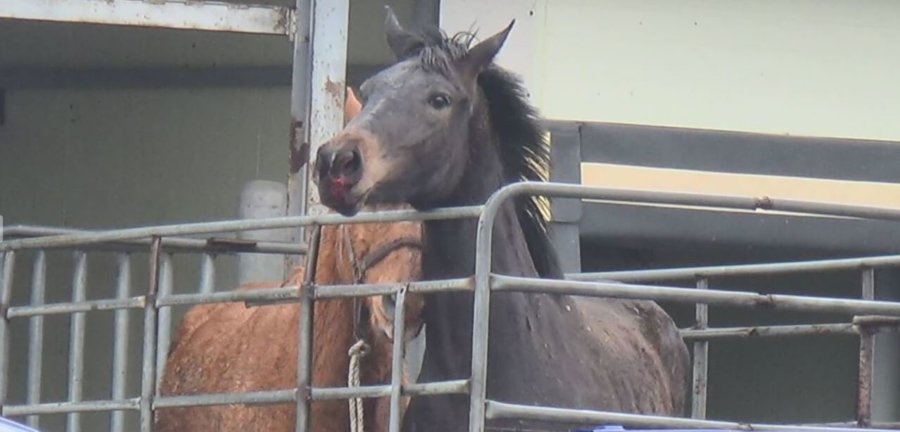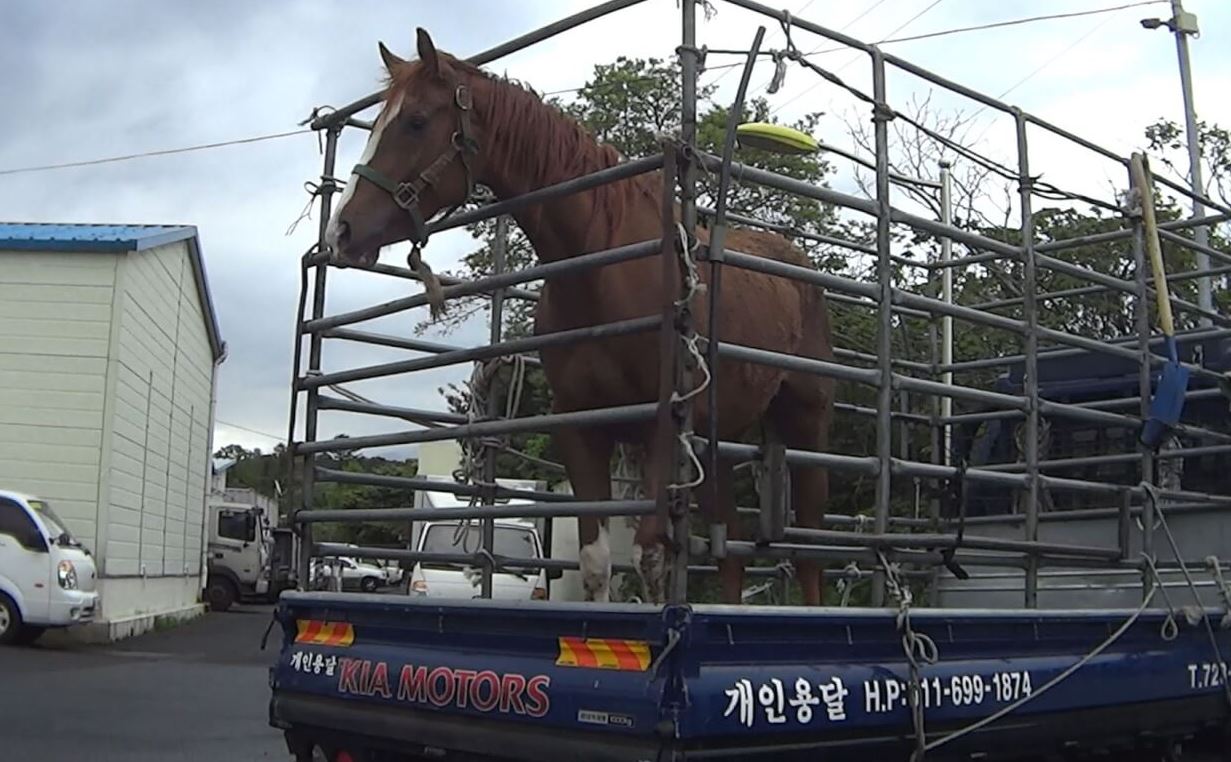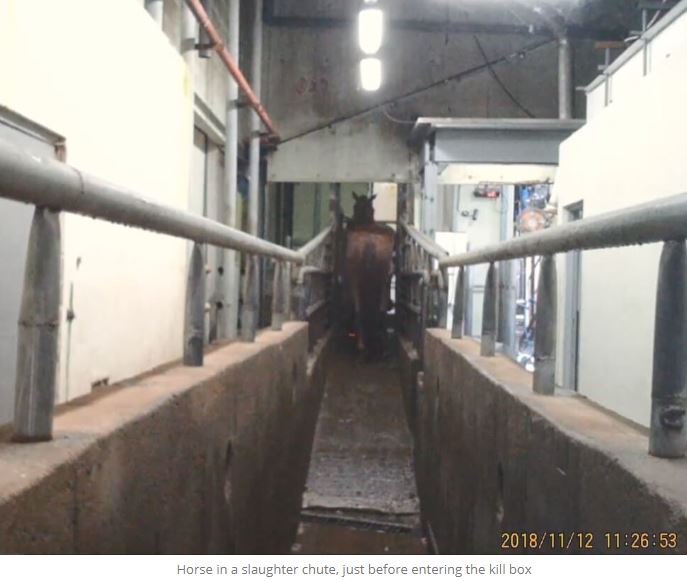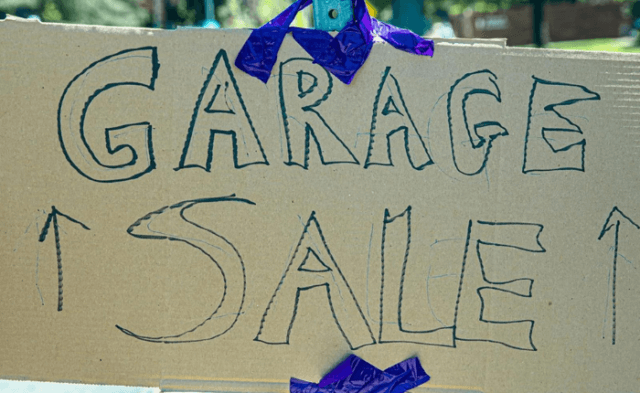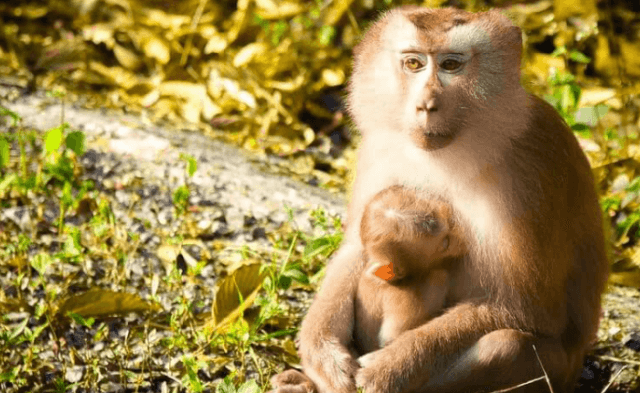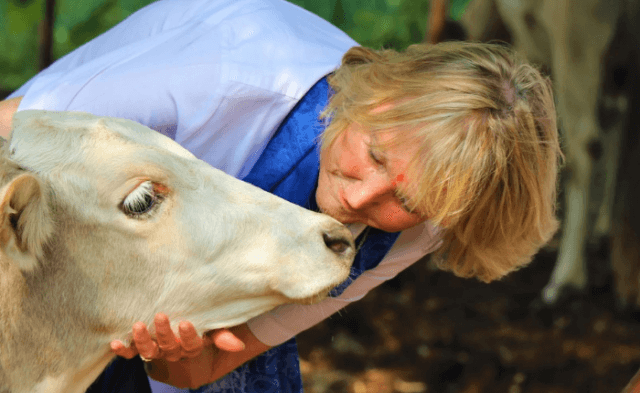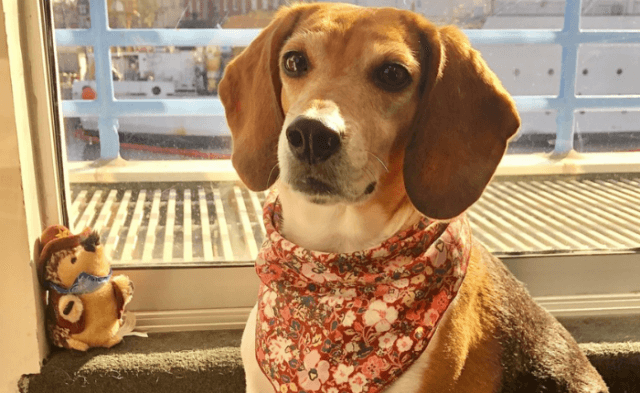Please enjoy this article from the latest issue of our magazine, PETA Global. To begin your subscription, become a PETA member today!
Ex-racehorses are secretly being sent to slaughter in South Korea.
Workers wielding sticks goaded the young Thoroughbred named Air Blade up a dim, narrow corridor behind his companion–a filly named Royal River. Suddenly, a metal gate slammed down between them, a shot rang out, and Royal River collapsed in front of Air Blade. Panicking, he stared wide-eyed as his friend’s body was dragged away and hoisted into the air by a single leg. He would be next.
PETA’s eyewitness investigation of Nonghyup, South Korea’s largest horse slaughterhouse revealed that this is the real “finish line” for most of the 1,600 horses cast off by the racing industry each year. Many of the animals come from the US or Australia. Some are sons and daughters of Kentucky Derby winners–including Big Brown’s son Dynamic Tank–or the offspring of other American racing legends such as Unbridled and Afleet Alex. Most are only about 4 years old when they’re violently slain.
Foal Factories
In an attempt to position itself as a major player in global racing, the Korean racing industry imports hundreds of American horses every year to use as breeding machines. The New York-bred horse Sharp Humor, for example, sired 224 foals between 2013 and 2015 in Korea. Already, 85 of those horses are dead–many of them slaughtered for meat. Korea also imports many Australian-bred horses, including Seungja Yechan (“Praise the Winner”), who was sired by the world’s top stallion, Medaglia d’Oro. Praise the Winner was raced four times and then slaughtered so that his flesh could be sold for a few dollars a pound.
PETA has revealed that at the Korea Racing Authority’s (KRA) breeding facility and on private farms, multiple times a day, stallions mount mares, who are held in place by workers using twitches–rope loops twisted tightly around their upper lips and causing pain if they try to move. The American broodmare Catch Me Later was forced to breed even though her left hind foot was so painful that she couldn’t bear weight on it and limped badly.
One former racer named Annika Queen was forced to nurse two foals despite suffering from laminitis so severe that she could barely walk. A farm manager said that when the foals were weaned, she would be killed.
From Track to Table
Even though Koreans bet over US$8 billion annually on horse races, the industry makes almost no provision for the animals’ retirement after their racing or breeding days are over. Instead, it pumps money into “agricultural development”–industry-speak for farms that fatten up horses for meat. In 2012, the KRA’s chair even stated that “horse meat is good, and we will work on ways of encouraging people to eat it in the future.”
On one farm, PETA’s eyewitnesses found dozens of dirty horses confined to small manure-filled pens and stalls. One horse was gravely ill: She was thin, missing hair, covered with sores, and suffering from an ulcerated eye.
No Winners at This ‘Finish Line’
When they’re no longer useful to the industry, the horses are sent to slaughter. PETA’s footage shows workers hitting terrified animals in the face with sticks in order to force them off transport trucks, up a chute, and into a kill box designed for cattle–and then shooting them in the head as they thrash in fear. An official with Korea’s Animal and Plant Quarantine Agency told The Korea Observer, “Things may get a little messy if they do not pass out at the first blow.” One Florida-bred horse named Naha was killed the same day as her daughter, one almost immediately after the other.
PETA has called on South Korean officials to investigate violations of animal- protection laws and is demanding that the KRA implement a retirement plan for unwanted horses. Visit PETA.org/Korea to add your voice to this important campaign.

